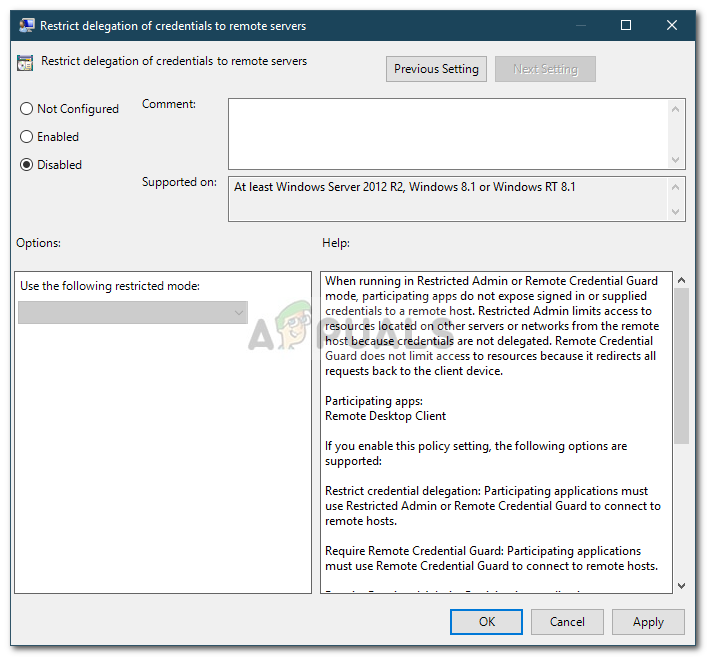Fix: Account Restrictions are Preventing this User from Signing in
The error message “Account Restrictions are Preventing this User from Signing in” occurs when a user’s login attempt is blocked due to specific account policies or security settings. This typically results from restrictions such as prohibiting blank passwords, enforcing login time limits, or applying specific group policies.

The most frequent cause is a policy within the Local Group Policy or Active Directory, often related to password complexity requirements or time-of-day restrictions. Additional factors like account lockouts or restrictive group policies may also contribute to this issue, necessitating a review of security settings and policy configurations.
Now that you are aware of the potential causes of the error message, you can isolate your issue by using the solutions provided below.
1. Disable Windows Group Policy
When strict Group Policy settings prevent logins, temporarily disabling them can help find the problem. Turning off these policies removes restrictions like password requirements or login times, making it easier to access accounts and spot issues.
- Press Windows Key + R to open the Run dialog box.
- Type ‘gpedit.msc‘ and press Enter.
- In the Local Group Policy Editor, navigate to:
Computer Configuration > Administrative Templates > System > Credentials Delegation
- On the right, locate the ‘Restrict delegation of credentials to remote servers‘ policy.
- Double-click to edit, then set it to Disabled. Click Apply and then OK.

Disabling the Security Policy - Verify if the issue is resolved.
2. Set up a Password
Having a blank password often causes this error since many security policies block accounts without a password from signing in. Setting a password for your account meets these security standards, enabling the system to process your login successfully.
- Press Windows Key + R and type ‘gpedit.msc‘ to quickly open the Local Group Policy Editor.
- Navigate directly to:
Computer Configuration > Windows Settings > Security Settings > Local Policies > Security Options
- Find ‘Accounts: Limit local account use of blank passwords to console logon only‘ on the right.
- Double-click to edit and set it to Disabled.

Disabling the Policy - Hit Apply and OK to confirm.





